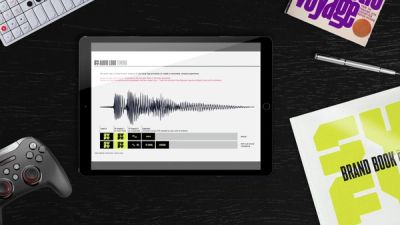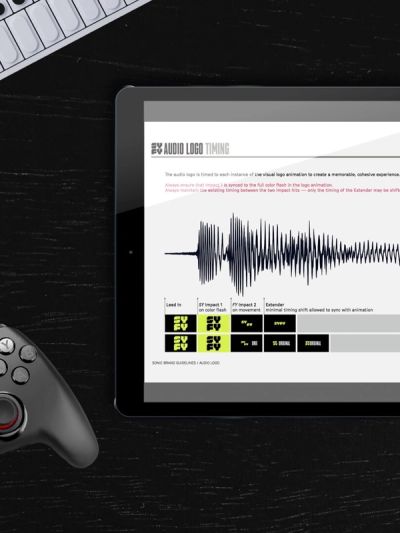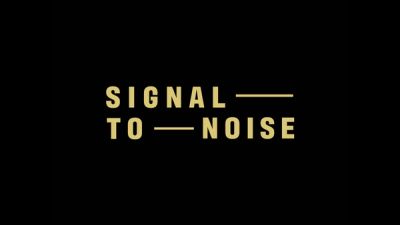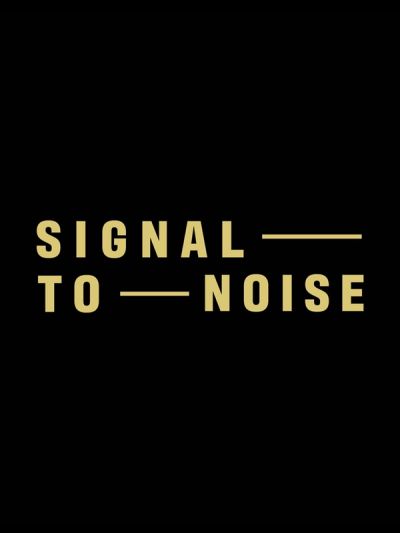
Navigating the Melodic Maze: How to direct musicians for sonic branding and advertising
by Alex Moulton, Chief Creative Officer
Maneuvering through the complex process of music creation is a skill that every marketer and creative director must acquire, but one that’s often hard to perfect. In branding and marketing, music plays a pivotal role in eliciting emotions, forging connections with audiences, and reinforcing positive associations. Its significance cannot be understated. Even when you are working with a music house or library, there comes a point where you will need to communicate your vision for a soundtrack to a composer or a music supervisor.
If this has been a struggle—as it commonly is for many non-musicians—this guide is for you.
To ensure success, it’s imperative to steer clear of common pitfalls, make judicious choices when selecting artists, adeptly evaluate music demos, provide insightful feedback, and grasp the language and strategies that underlie music creation. Drawing upon my experiences as a composer and former owner of a sonic branding agency, and having successfully guided numerous brands through this intricate journey, I’m always happy to offer guidance to others as they navigate this melodic maze.
Strategic Guidance: Setting the Stage for Music Creation
Before diving headfirst into the music creation process, you’ll need to ask the right questions and establish parameters through a well-crafted brief. It will also be helpful at this early stage to remove personal subjectivity from the process. Every stakeholder has different tastes that will invariably shape the output so it can be difficult to separate personal preferences from what’s appropriate for the brand. Articulating a strategic foundation and clear goals at the beginning of the process enables every contributor to measure their feedback against a consistent set of criteria that is on-brand and will resonate with your intended audiences.
Here are some key strategic considerations:
- Who is your target audience?
- What music do they prefer? What was the music of their youth as tastes formulated?
- What has been your brand’s experience with music, and when has it been successful or unsuccessful?
- What are the stylistic boundaries? Define the creative limits before pushing them.
- Where and in what contexts will this music be heard?
- How are your competitors utilizing music and sound?
Creating a specific brief that includes a clear audience definition, decision-making dynamics, cultural references, and the limits of comfort sets a strong foundation and aligns expectations for the musical journey ahead.
Common Pitfalls: From Vague Feedback to Conflicting Descriptors
My initiation into the world of sonic branding came with a unique challenge: creating an audio logo end tag for the launch of Xbox Live. The client’s guidance? "Make it sound like fish flying and birds swimming." I asked if perhaps I had misunderstood him, but all he added was, "Make it unexpected." Given that the animation clearly necessitated a tearing sound, it’s no surprise that, after multiple rounds of bizarre experimentation, we ended up with the sound of paper ripping. No flying fish, no swimming birds.
Step into the shoes of a composer seeking guidance, and you'll often hear vague directives like:
- "We need it to be edgy"
– Edgy for whom? - "We’re looking for something really cool"
– Cool for whom? And what does “cool” mean in this context? - "Move up that hit"
– Does that mean raise the volume or shift it earlier? - "The music should sound sexy and funny"
– Aren't those contradictory? - "Have the tempo speed up"
– This rarely means increasing beats per minute; it's more about adding layers.
To create impactful music, start by articulating your vision as clearly as possible. Vague creative direction leads to wasted effort and eventual frustration.
Effective creative direction begins with a well-structured strategic creative brief.
Initial Direction: Playlists to Set The Mood
Formulating the initial music direction necessitates exploration and collaboration. My first step is always to conduct my research by listening to a diverse range of music, curating a playlist of relevant references, and pinpointing specific elements that could serve as inspiration. Think of it as an auditory mood board that’s appropriate for the brand and the project. Take notes on what resonates in each reference. Is it an emotion, a particular instrument, a lyric, or a melody that captures your attention? Sharing these references with your team and stakeholders early on ensures alignment before proceeding.
Now, armed with conceptual ideas to discuss with composers, you'll find it easier to explore various paths that could yield promising results. Remember that references are merely a starting point, so remain open to where the creative process might lead. You’re searching for inspiration, not ready-made solutions.
“Casting is 65% of directing”
–John Frankenheimer
Selecting Composers: Finding the Perfect Match
Every composer possesses a unique set of strengths. Some specialize in specific styles, while others offer a wide range of authentic capabilities. In my experience, very few musicians excel in all genres. It’s important to understand each potential composer's distinctive strengths and, if necessary, inquire about their studio setup.
Additionally, consider factors such as live musicians versus electronic instruments and ensure that the composer’s availability aligns with your project timeline. Providing budget clarity and discussing union regulations or performance royalties upfront is essential. By carefully selecting composers who are the best match for your project, you lay the foundation for a successful collaboration.
Assessing Demos: Tuning into the Right Frequencies
When evaluating music demos, I abide by two simple rules. First, I listen on high-quality speakers, never on my phone. Second, I trust my initial emotional response. I pay attention to how the music makes me feel and use those feelings to formulate feedback.
Other helpful tips:
- Aim to identify 3-5 tracks that come close to your vision without becoming overly attached to a single one.
- Revisit your reference playlist to guide further discussions.
- Analyze the music in layers. Determine which elements contribute to your goal and which ones do not.
- Identify problematic aspects. If you’re dissatisfied with a sound, consider whether it's the instrument or the melody that's causing the issue.

Giving Feedback: Nurturing the Musical Journey
Providing constructive feedback starts with accentuating the positive aspects, inquiring about the composer’s creative process, delving into specific sections, and fostering a two-way dialogue that promotes collaboration. Music is often hard to describe, even for musicians. Instead of getting hung up on trying to use musical terminology, I recommend using simple adjectives to describe the emotions you feel when listening. Effective feedback often sounds like, “This version makes me feel introspective, but I wish it made me feel triumphant.” This is akin to directing an actor through motivation rather than offering a line reading. Composers are adept at translating emotions into musical ideas.
Language Basics: Demystifying Musical Terminology
Mastery of musical terminology is not essential. Misusing technical terms can lead to confusion. As mentioned earlier, basic emotional descriptors often prove more valuable than music theory. Describing your ideas through gestures or sound effects can be equally effective. I used to offer a list of basic terminology to clients, but now you can learn it all on YouTube.
Orchestrating Success
Music and sound wield immense power for brands. By sidestepping common pitfalls, asking the right questions, strategically selecting composers, providing thoughtful feedback, and gaining a basic understanding of musical terminology, creative directors, marketers, and CMOs can confidently navigate the complexities of music creation. With a harmonious blend of strategy, creativity, and collaboration, music becomes an instrumental force in amplifying brand impact and connecting with audiences on a deeper level.
Explore more
New business inquiries.
How can we help?
NYC 11:05
STK 05:05
LA 08:05
Get our newsletter
Sign up for updates,
insights, and inspirations
from our studio.




